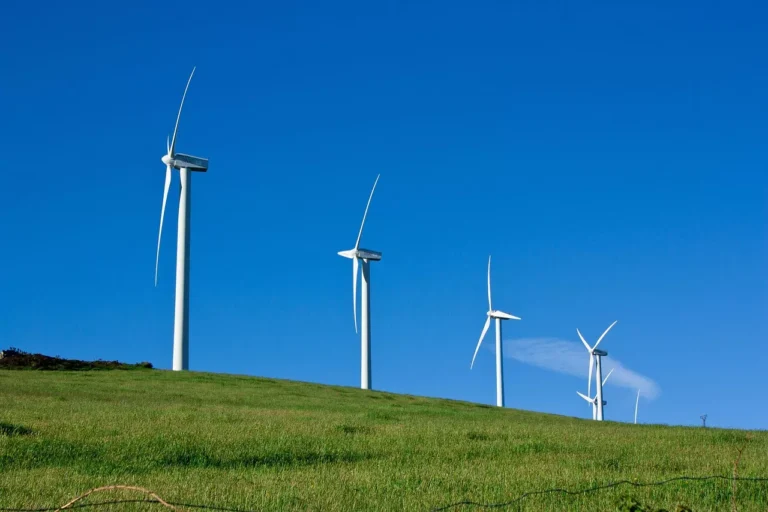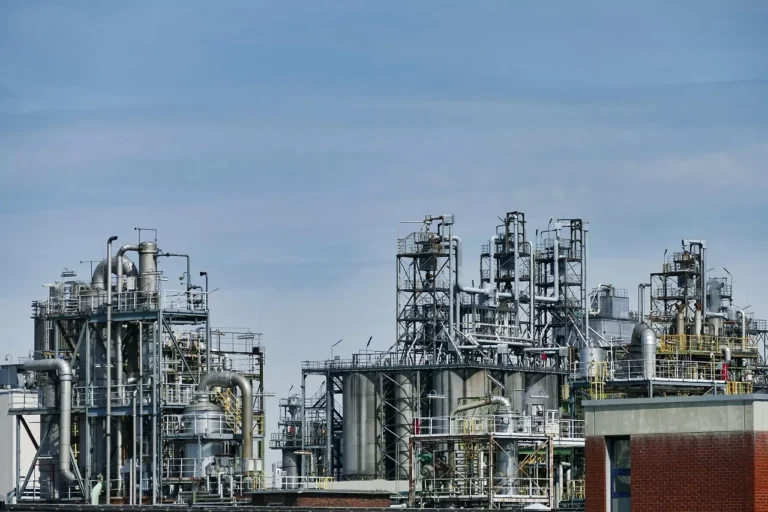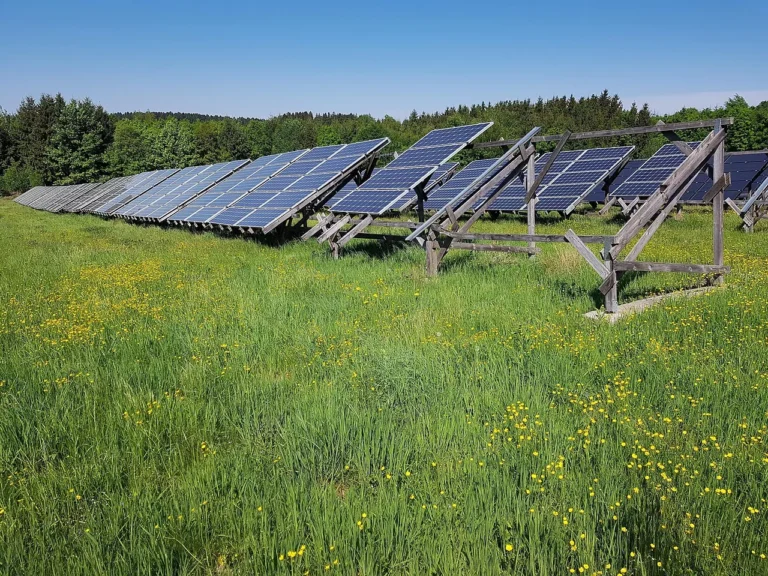
ExxonMobil Moves Forward With Seventh Offshore Development in Guyana, Strengthening Role in Global Energy Markets
ExxonMobil has officially taken the final investment decision (FID) on the Hammerhead development offshore Guyana, marking another significant milestone in the country’s growing oil and gas sector. The decision follows the receipt of all required regulatory approvals from the Government of Guyana, clearing the way for full-scale project execution. Hammerhead becomes the seventh development on the prolific Stabroek block and is expected to begin producing oil in 2029.
The Hammerhead project represents a multibillion-dollar commitment to Guyana’s future. Estimated at US$6.8 billion, the development will deploy a new floating production, storage, and offloading (FPSO) vessel designed to handle approximately 150,000 barrels of oil per day (bpd). The project will include 18 wells—both production and injection—to maximize recovery and ensure sustainable operations over its lifespan.
A Decade of Rapid Progress
When ExxonMobil and its partners made their first oil discovery in the Stabroek block in 2015, few could have predicted how quickly Guyana would transform into one of the world’s hottest offshore oil frontiers. In just ten years, ExxonMobil has moved from discovery to a string of large-scale production projects that are reshaping Guyana’s economy.
“We continue to set a new standard in Guyana – advancing an impressive seventh project just 10 years after first discovery,” said Dan Ammann, President of ExxonMobil Upstream Company. “In collaboration with the people and government of Guyana, we’ve helped build a thriving new oil-and-gas industry in the country that is creating jobs, supplier opportunities, profits, and follow-on investments.”
Hammerhead will add to ExxonMobil’s growing fleet of FPSOs offshore Guyana, each designed to expand capacity and support the company’s long-term production goals.
Building on a Strong Foundation
The FID on Hammerhead further underscores ExxonMobil’s long-term confidence in Guyana’s energy sector. With this latest approval, the total committed funds for the seven sanctioned projects now exceed US$60 billion. Since oil production began in late 2019 from the first FPSO, Liza Destiny, ExxonMobil and its partners have already contributed more than US$7.8 billion to Guyana’s Natural Resource Fund.
These revenues have provided the government with resources to invest in infrastructure, social programs, and economic diversification. The oil industry’s growth has also created ripple effects across other sectors such as construction, logistics, hospitality, and professional services.
Guyanese Participation and Local Benefits
One of the most notable aspects of ExxonMobil’s operations in Guyana is the level of local participation. Currently, about 6,200 Guyanese are directly employed in activities related to the Stabroek block, representing nearly 70% of the workforce. Beyond direct employment, ExxonMobil and its contractors have engaged more than US$2.9 billion with local suppliers since 2015.
This local content development has been key in ensuring that oil wealth translates into broad-based economic benefits. Guyanese businesses have become increasingly integrated into the supply chain, providing services ranging from transportation and catering to fabrication and engineering support.
Expanding Offshore Production Capacity
ExxonMobil is already producing about 650,000 bpd from four FPSOs currently operating offshore Guyana. The most recent addition, the ONE GUYANA FPSO, began operations earlier this year, pushing total capacity upward. The company anticipates that production will grow further to over 900,000 bpd by the end of this year.
Construction is actively underway on the Uaru and Whiptail projects, the fifth and sixth sanctioned developments on the block. Uaru is expected to begin production in 2026, while Whiptail is targeted for startup in 2027. With Hammerhead scheduled for 2029, ExxonMobil is laying out a clear path toward sustainable, long-term growth in Guyana’s offshore industry.
Strong Partnership in the Stabroek Block
The Stabroek block is operated by ExxonMobil Guyana Limited, a local affiliate of ExxonMobil, which holds a 45% interest. Its partners include Hess Guyana Exploration Ltd. with a 30% stake, and CNOOC Petroleum Guyana Limited, which holds the remaining 25%. This international partnership has been central to mobilizing the technical expertise, financial resources, and advanced technology required to develop one of the most significant deepwater oil finds of the past decade.
Transforming Guyana Into a Global Energy Player
Guyana’s offshore resources have quickly elevated the country into the ranks of important global energy producers. The Stabroek block alone is estimated to contain more than 11 billion barrels of recoverable oil and gas resources, and ongoing exploration may expand this figure further. With successive project launches, Guyana is on track to become one of the largest oil producers per capita in the world.
For ExxonMobil, the Guyana projects represent not only a chance to expand global production but also an opportunity to demonstrate its ability to deliver large-scale, low-cost offshore projects on an accelerated timeline. For Guyana, the benefits are transformative—new revenues, jobs, and infrastructure that are reshaping the national economy.










